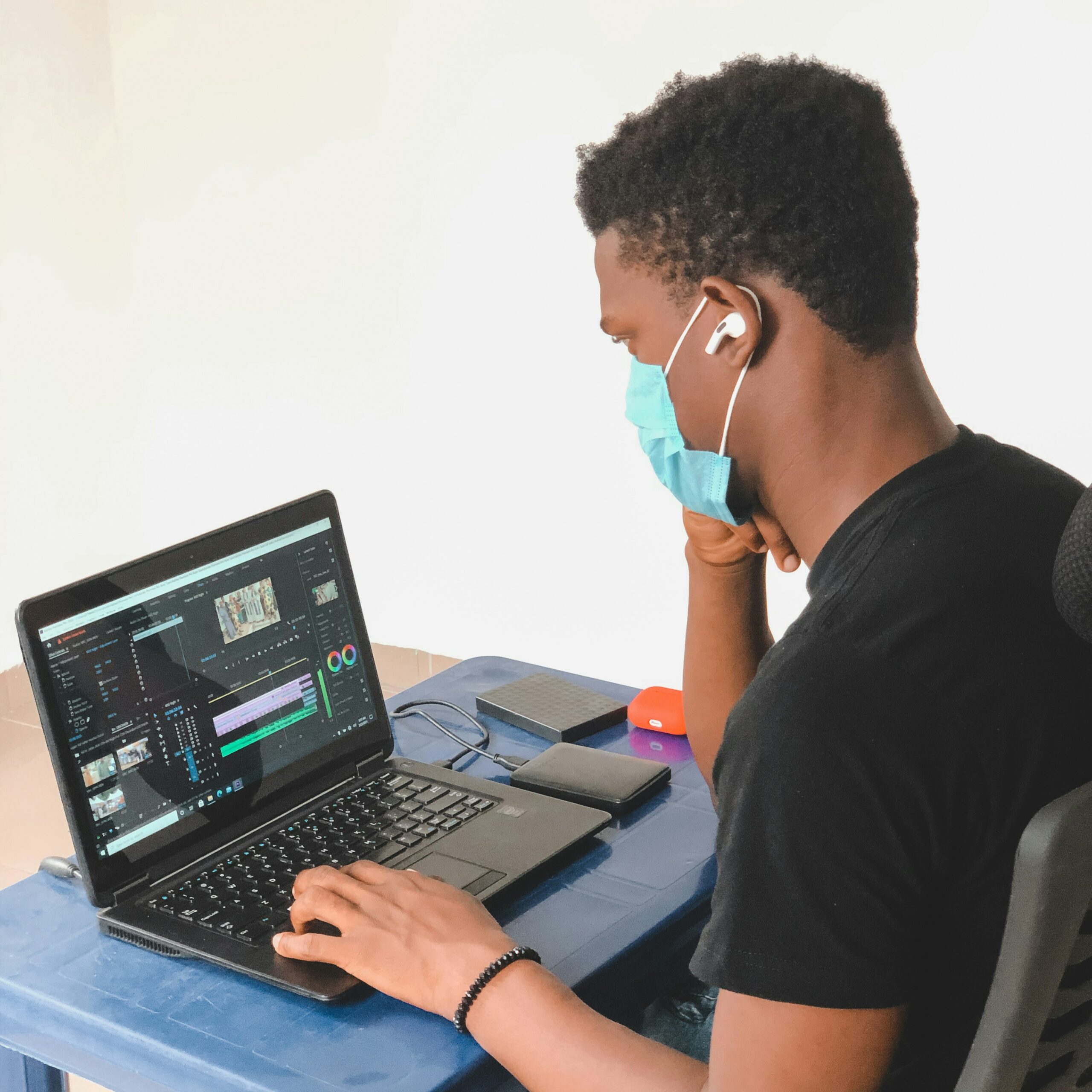Are your Facebook ads hitting their mark across different devices, from desktop computers to mobile phones? In a digital marketing environment where targeted advertising can make or break a campaign, grasping multi-device optimization is not just beneficial—it’s a necessity. This guide lays out best practices, from leveraging Facebook’s own cross-device tools to fine-tuning ad formats and placements.
By engaging with this content, readers will learn to navigate ad analytics and discover strategies to amplify ad performance network-wide. If low conversion rates are your current headache, the upcoming sections offer the remedy to increase engagement and maximize your ads’ impact.
Key Takeaways
- Device preference analysis enhances ad targeting and campaign fine-tuning
- Responsive design principles are critical for effective cross-device Facebook ads
- Automatic Placements and Dynamic Ads help maximize engagement across devices
- Ad format selection should align with user behaviors on specific devices for better engagement
- Regular testing and adjusting strategy based on data insights improve ad performance
Understanding the Importance of Multi-Device Optimization

In today’s connected world, individuals shift seamlessly between devices, from mobiles to computers, impacting how they interact with ads. As advertisers hone their strategies for Facebook and Instagram ads, understanding cross-device user behavior is vital.
This section explains the importance of analyzing audience device preferences, the influence of multi-device usage on ad effectiveness, and how user interactions vary across platforms.
The subsequent discussions will provide insights into tailoring ads for varied device contexts, considering recent shifts in data usage norms after events like the Cambridge Analytica incident and utilizing Facebook’s pixel for precise tracking and optimization.
The Impact of Multi-Device Usage on Ads
Users fluidly switch from iOS to desktop, causing a company’s advertising effectiveness to fluctuate significantly. An ad that grabs attention on a high-speed internet connection through a router might fall flat on a mobile device with limited screen space.
The impact of multi-device usage necessitates a comprehensive understanding of how different devices influence ad engagement and conversion rates.
By considering these variations, businesses can craft targeted strategies that resonate across all platforms, amplifying their advertising efficacy.
Analyzing Audience Device Preferences
When diving into digital advertising, particularly within the realm of Facebook ads, advertisers must grasp consumer device preferences. This demands an analysis of interaction patterns across different platforms, such as Android and iOS, to enhance ad targeting and potential revenue. For instance, businesses might find that their audience predominantly uses Android for browsing but switches to desktop when making purchases. Such insights allow for the fine-tuning of campaigns to coincide with the digital advertising alliance’s best practices, aligning ads with user habits and preferences, thereby optimizing ad spend and impact.
Cross-Device User Behavior and Ad Interaction
As advertisers examine user behavior across various devices, they navigate a complex landscape of engagement and interaction. An adept editor must look beyond raw data to understand the customer’s journey: a journey where each icon clicked and ad interacted with tell a deeper story of preferences and patterns. This narrative shaped by behavior insights enables advertisers to refine message delivery, ensuring content resonates whether on a mobile device or desktop, thus streamlining the path to conversion and reinforcing brand presence in a multi-screen world.
Designing Ads for Optimal Performance on All Devices

As businesses escalate their marketing efforts, optimizing ad designs across devices becomes paramount for resonating with the mobile-dominated audience. This segment explicates best practices for crafting mobile-adaptable and desktop-friendly content, ensuring seamless interactions, whether users are on the messenger app or logging in via desktop. Responsive design principles guide marketers to create ads that adjust flawlessly to various screen sizes, maintaining clarity and impact regardless of the device. Exploring these methods translates into a more cohesive marketing strategy that aligns with user expectations and enhances engagement for businesses on Facebook.
Best Practices for Mobile Ad Design
Designing Facebook ads that engage users on mobile devices demands a focused approach, sharpened by an understanding that these users often consume content on the go. To ensure ads connect effectively with mobile audiences, it’s essential to use larger text and simpler imagery that can be quickly understood. An ad that is easily legible on a desktop computer may not translate well to the smaller screens of mobile devices, where clarity is paramount.
Employing a finger-friendly design with touchable elements and calls to action can significantly enhance the user experience and facilitate engagement. Incorporating these mobile-centric design elements not only optimizes the ads for smaller screens but also caters to mobile users seeking quick, accessible information while browsing online.
- Use larger and more readable text to ensure legibility on small screens.
- Keep imagery simple so it can be easily processed on mobile devices.
- Design touch-friendly elements that facilitate interaction for users on the go.
Creating Desktop-Friendly Ad Content
While crafting desktop-friendly Facebook ads, one must acknowledge the broader canvas that desktop screens provide. This space allows for more detailed and interactive elements that can engage users who are taking the time to participate in the experience. With a focus on producing content-rich ads, the inclusion of high-resolution images and the integration of engaging videos can offer a narrative depth that encourages prolonged interaction, ultimately guiding users toward informed decisions about their educational pursuits.
Using Responsive Design Techniques
Responsive design is critical for Facebook ad optimization, as it ensures that ads automatically adjust to deliver the best experience on any device. By adopting fluid grid layouts, flexible images, and media queries, advertisers can create a single ad that maintains visual appeal and functionality, whether viewed on a small smartphone or a large desktop screen.
This not only increases engagement but also eliminates the need for multiple ad versions, streamlining the ad management process and cutting down on the time spent on campaign setup.
Conclusion
Optimizing Facebook ads for multiple devices is imperative for effectively reaching audiences, whether they’re on mobile or desktop. By leveraging responsive design, understanding cross-device user behavior, and utilizing Facebook’s advanced tools, advertisers can significantly enhance ad engagement and conversion.
Personalizing ads to device specifics and employing rigorous testing helps refine strategies, driving optimal performance across platforms.
Through these best practices, marketers craft campaigns that not only captivate but also convert, maximizing return on investment in a multi-device world.



